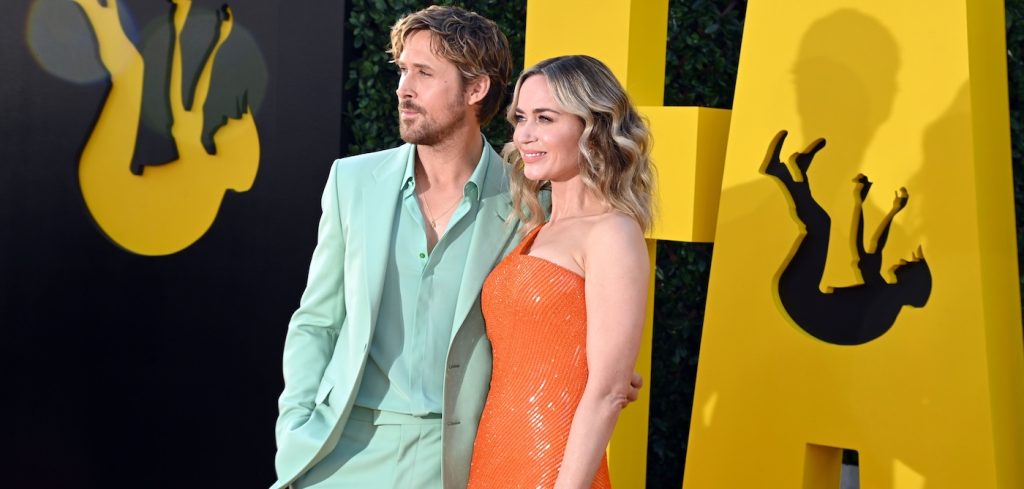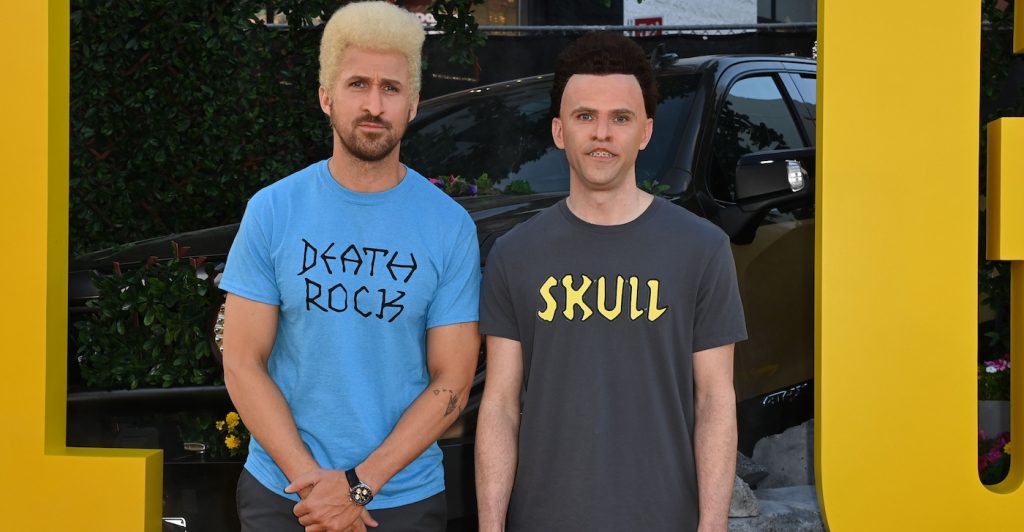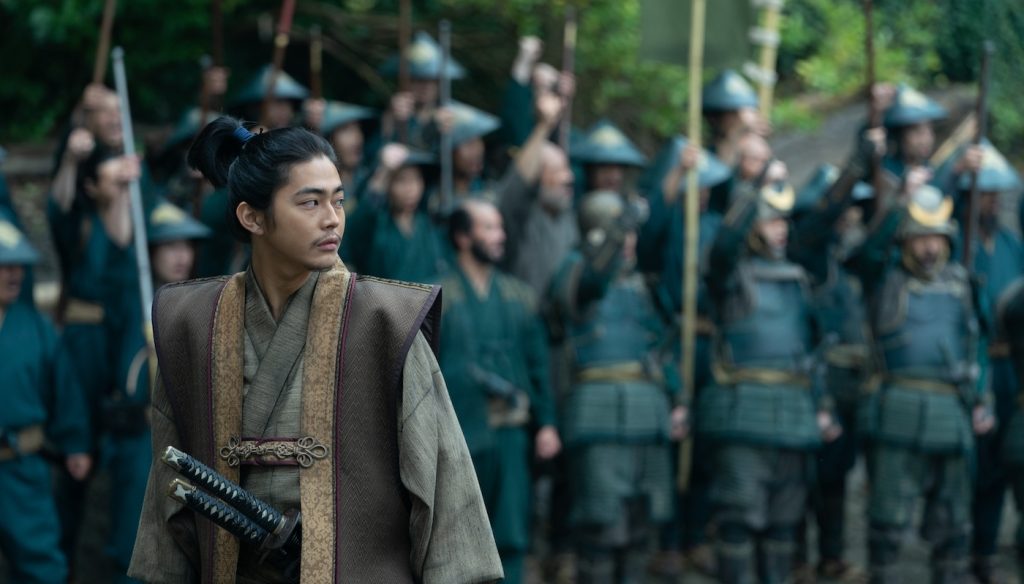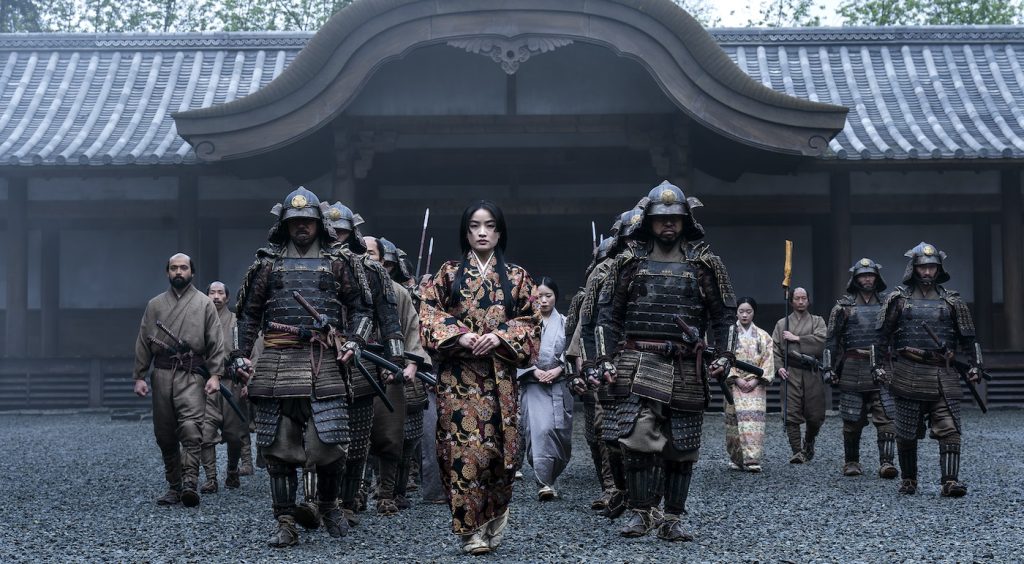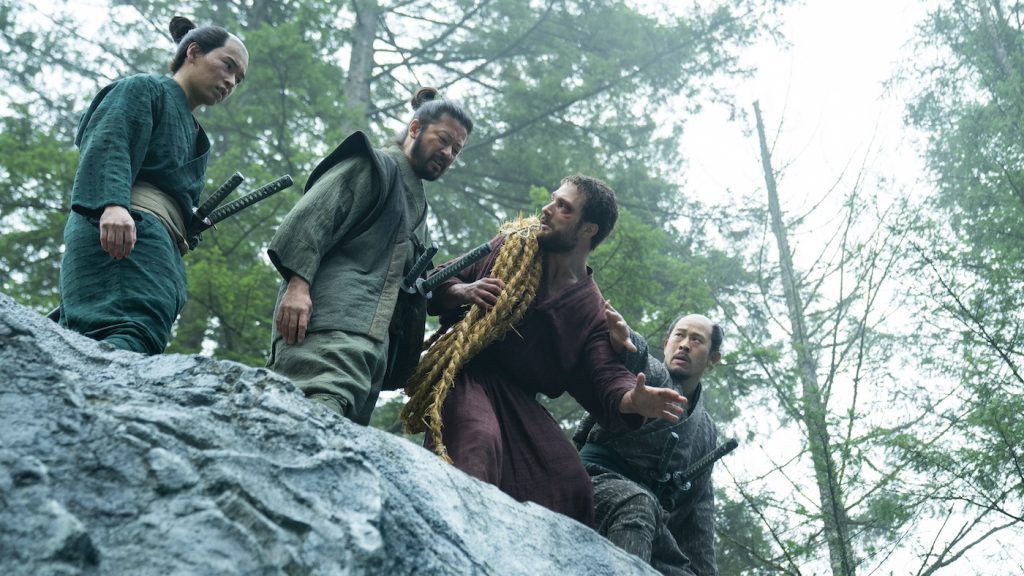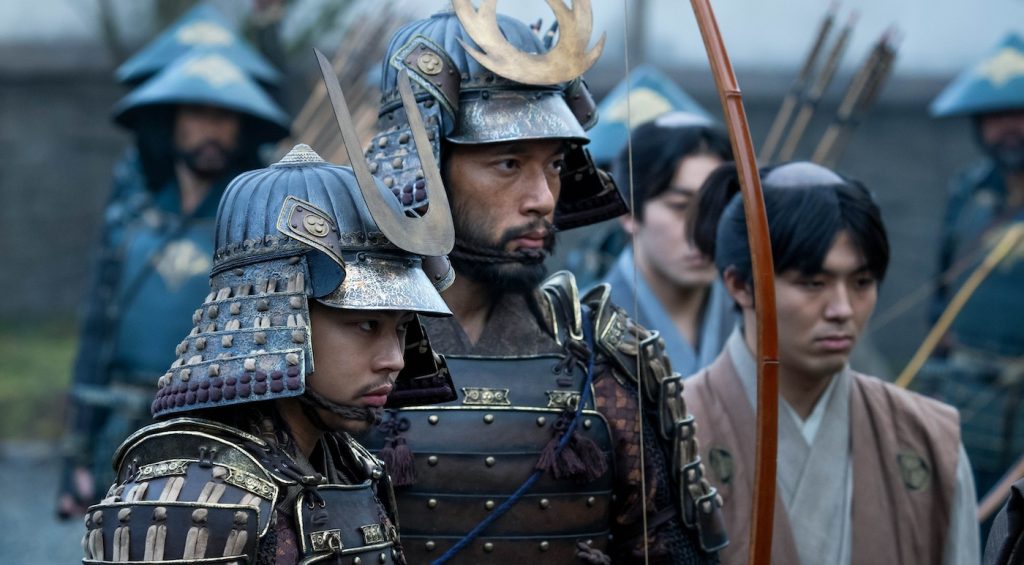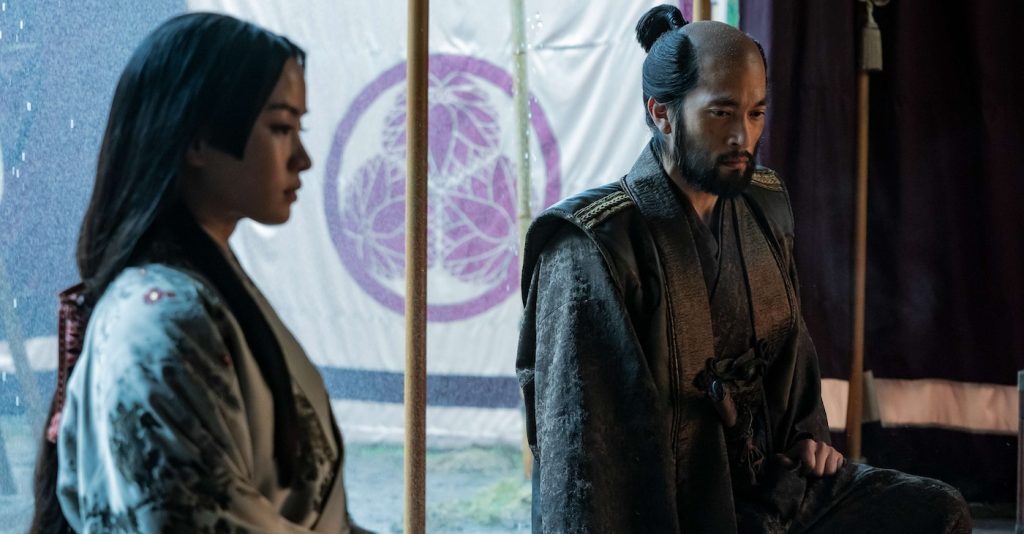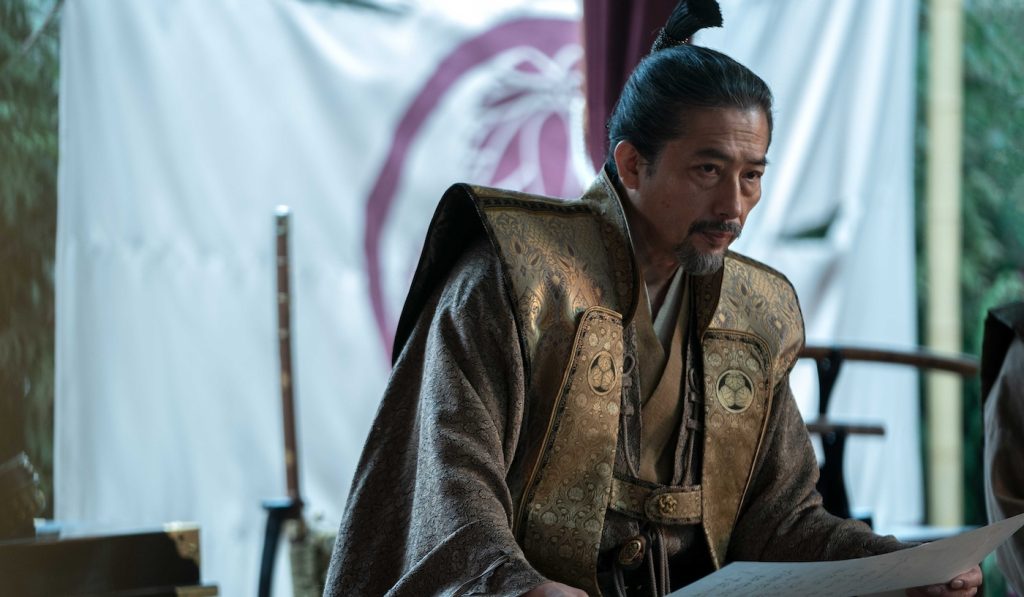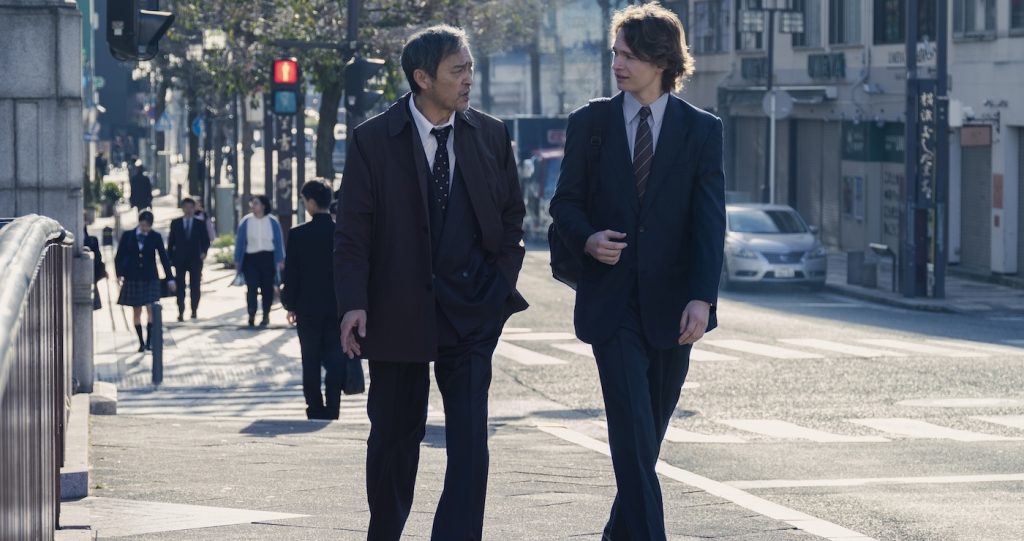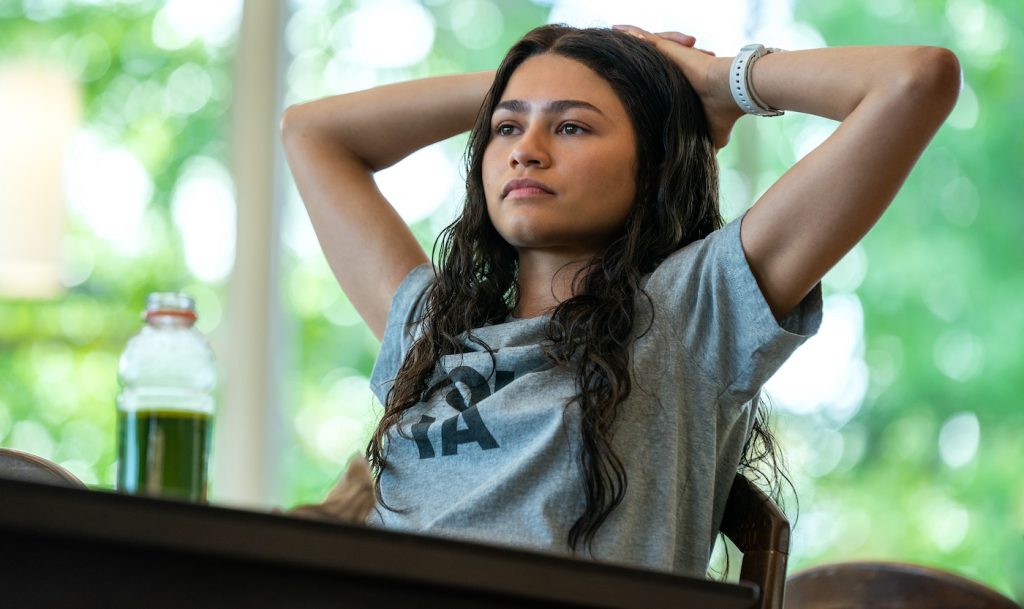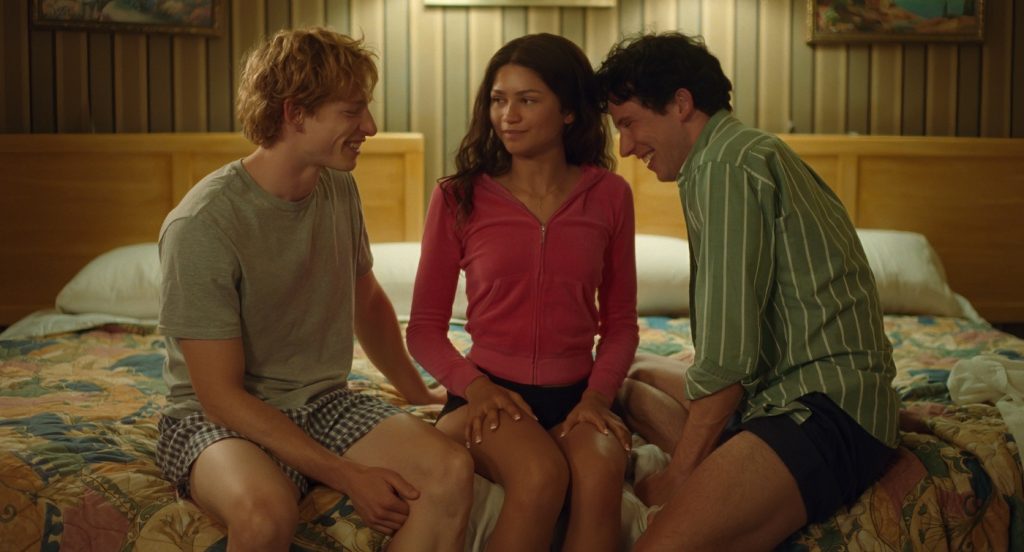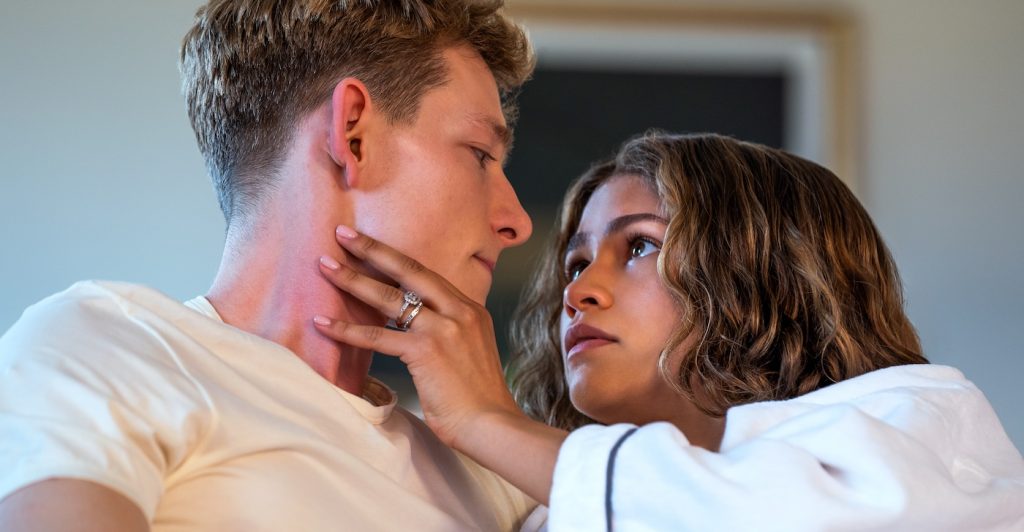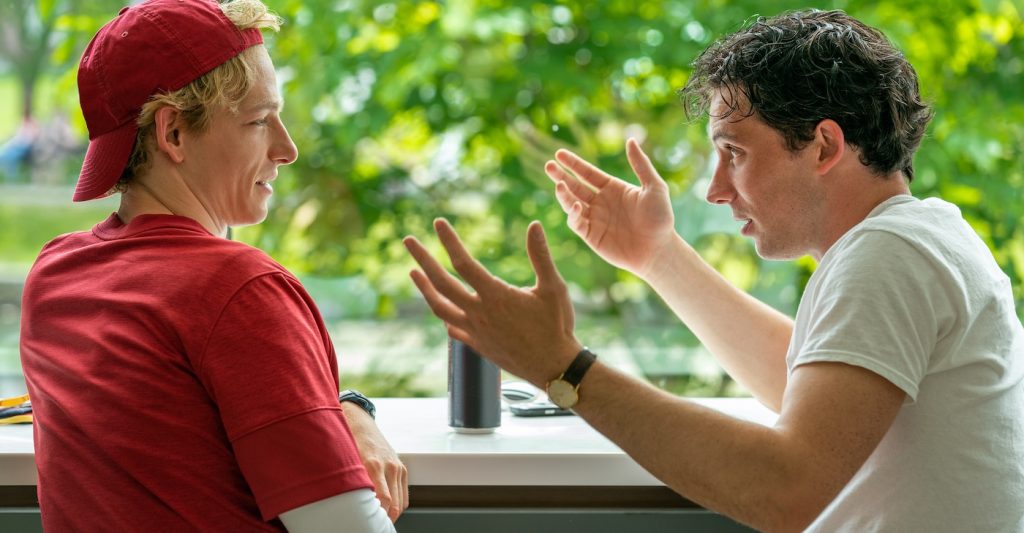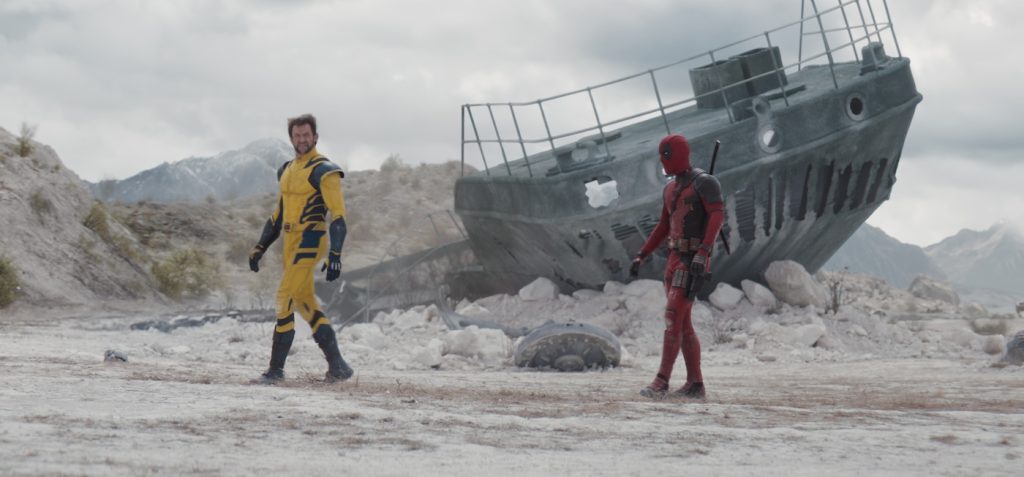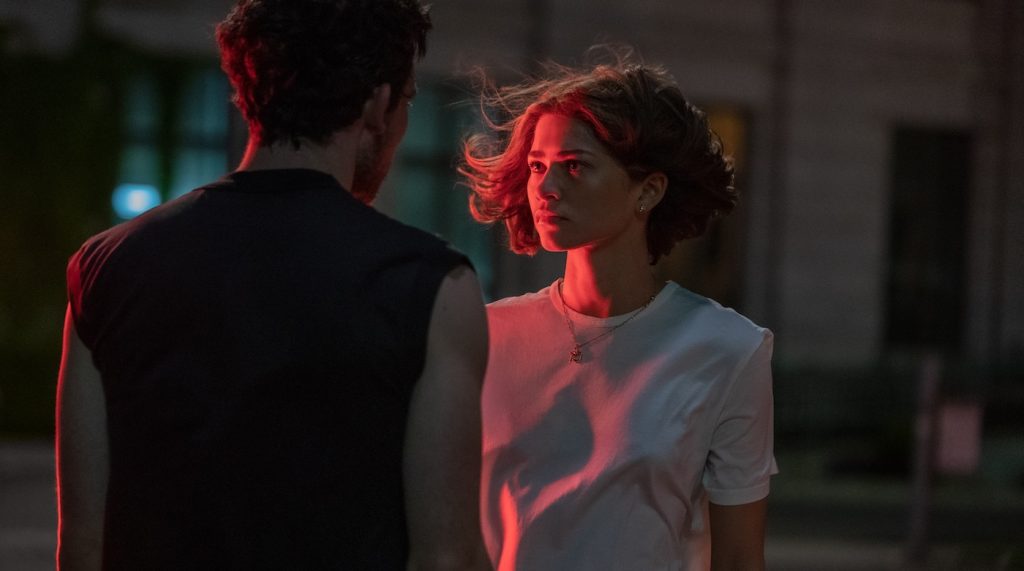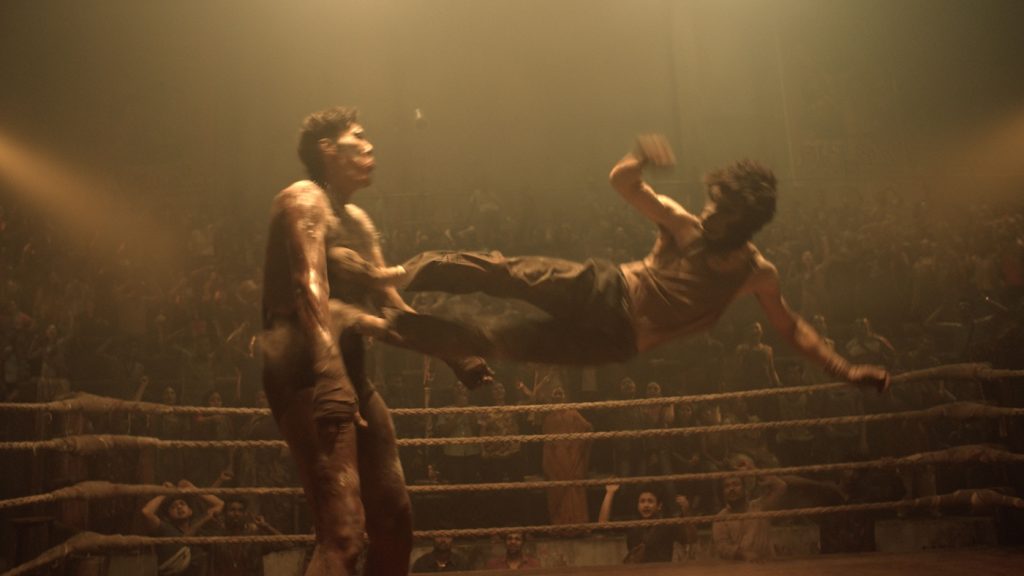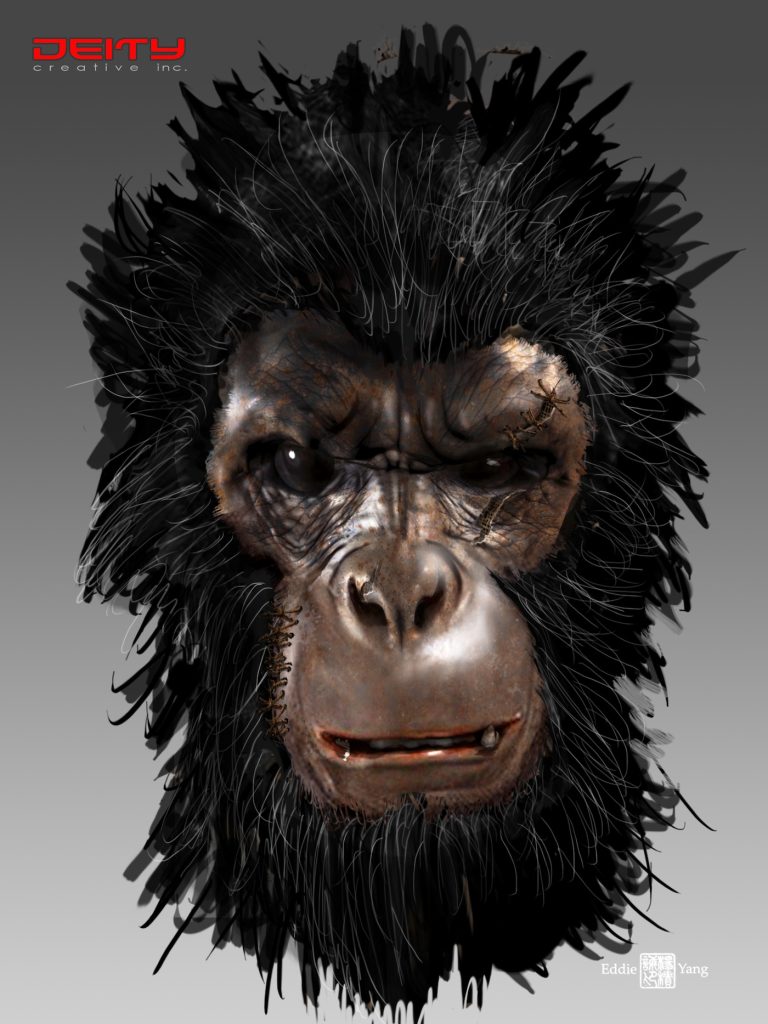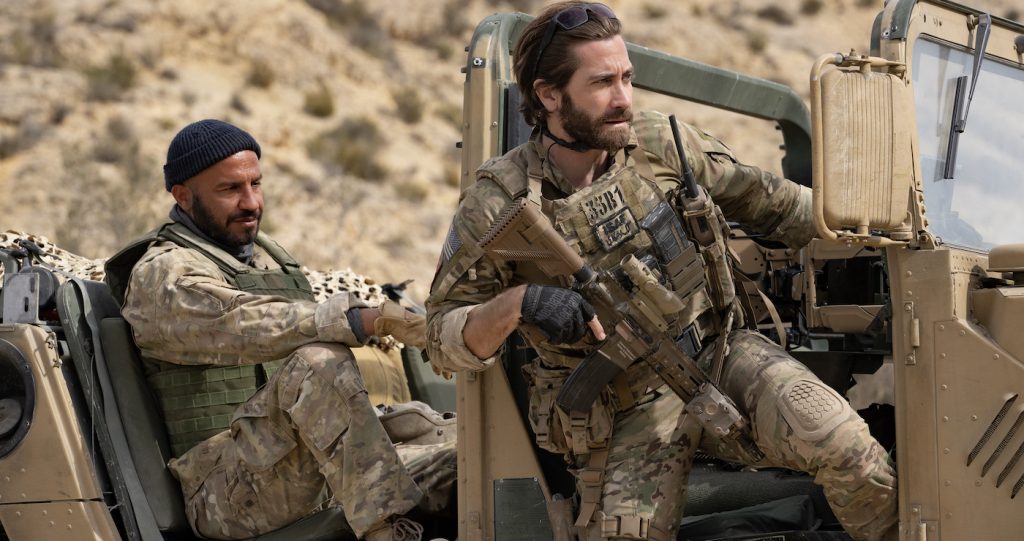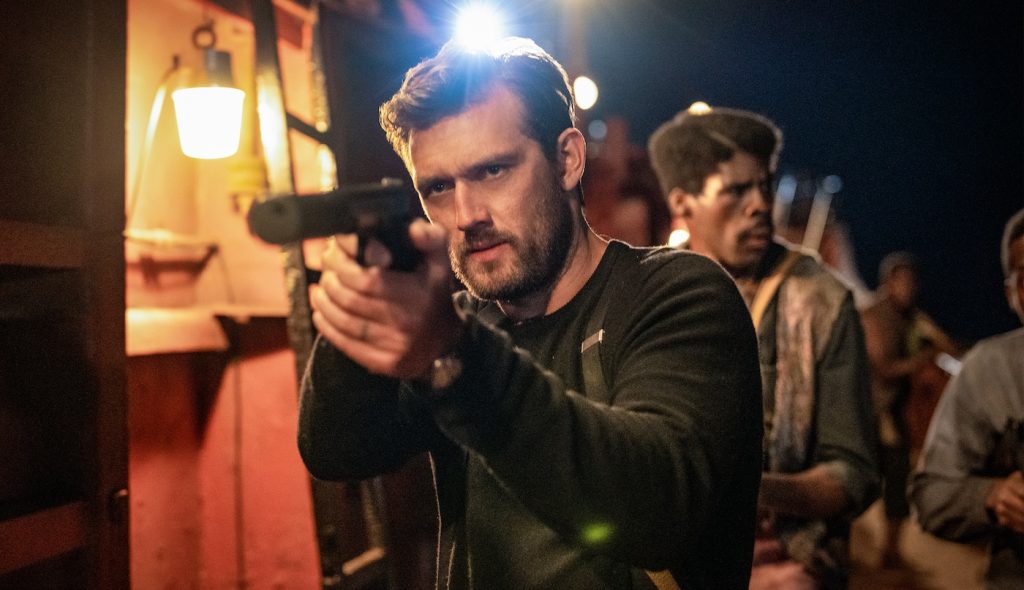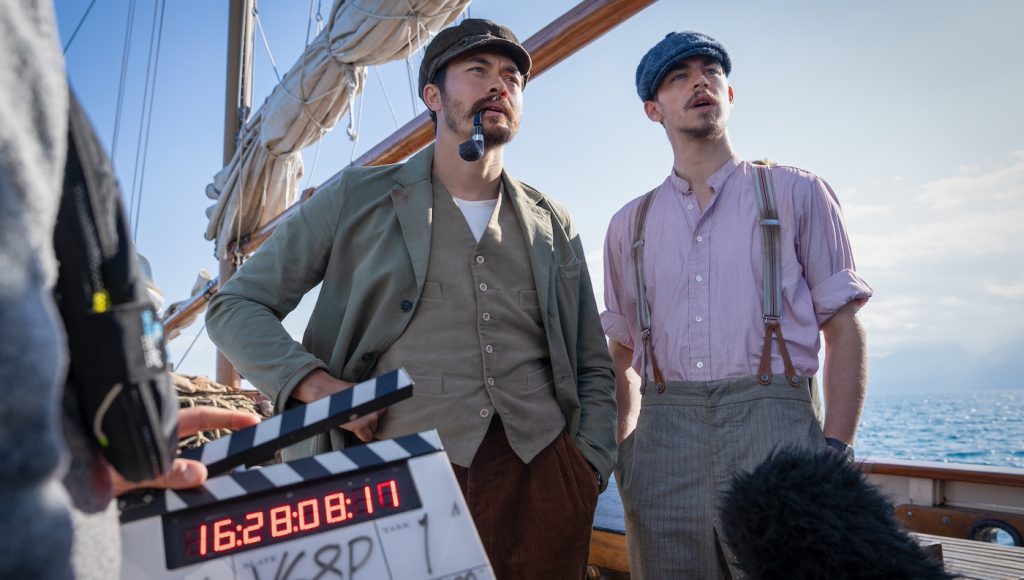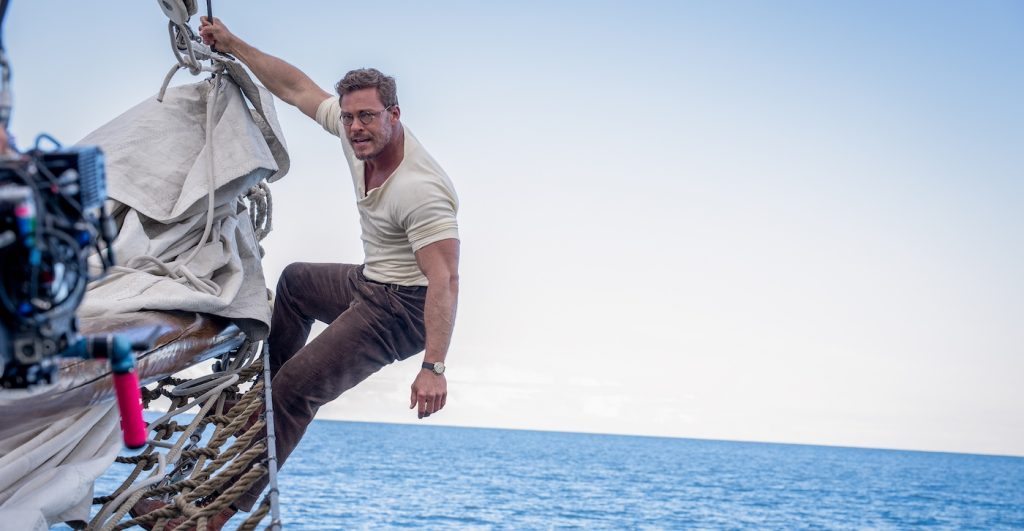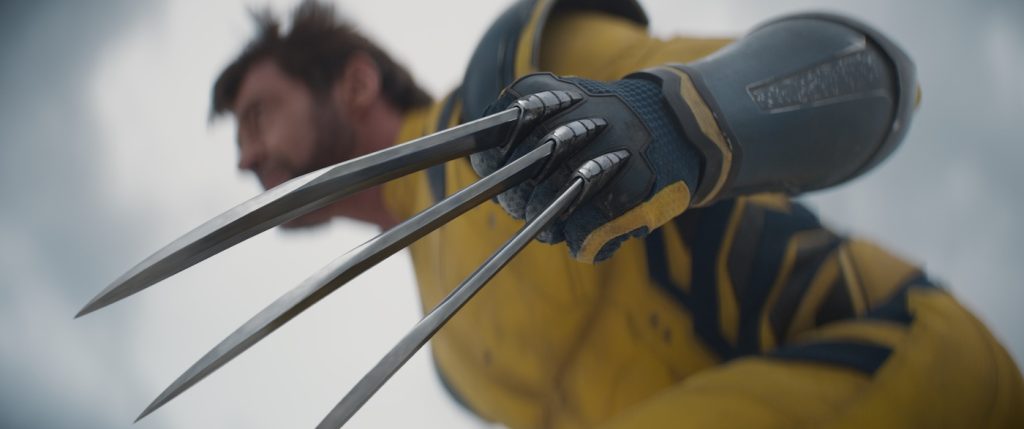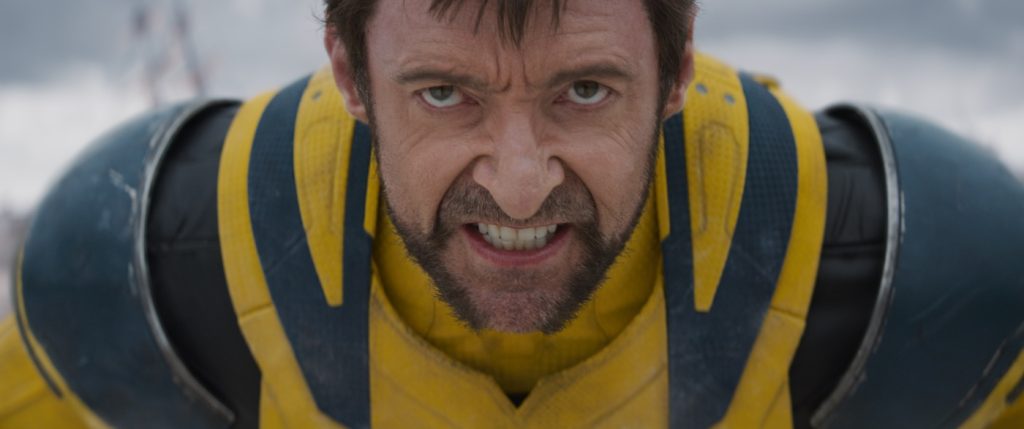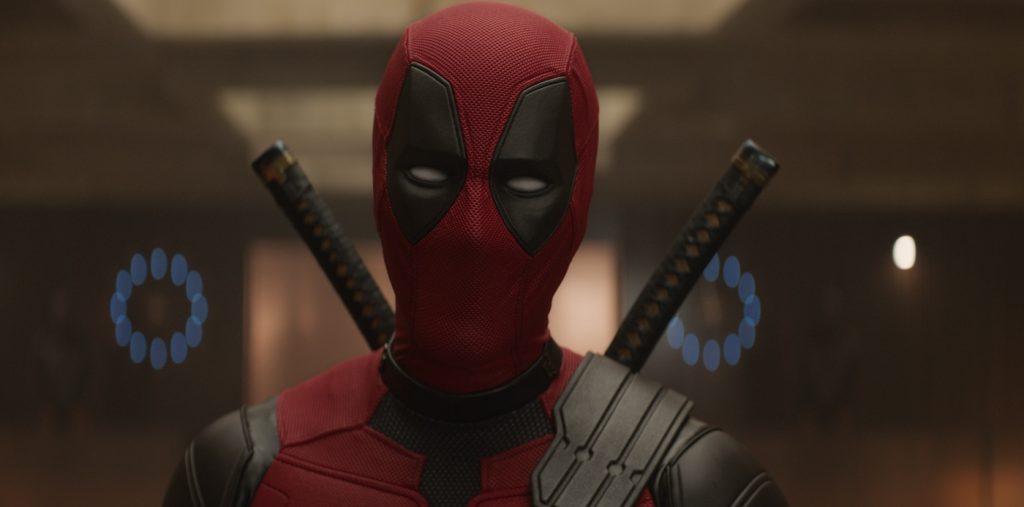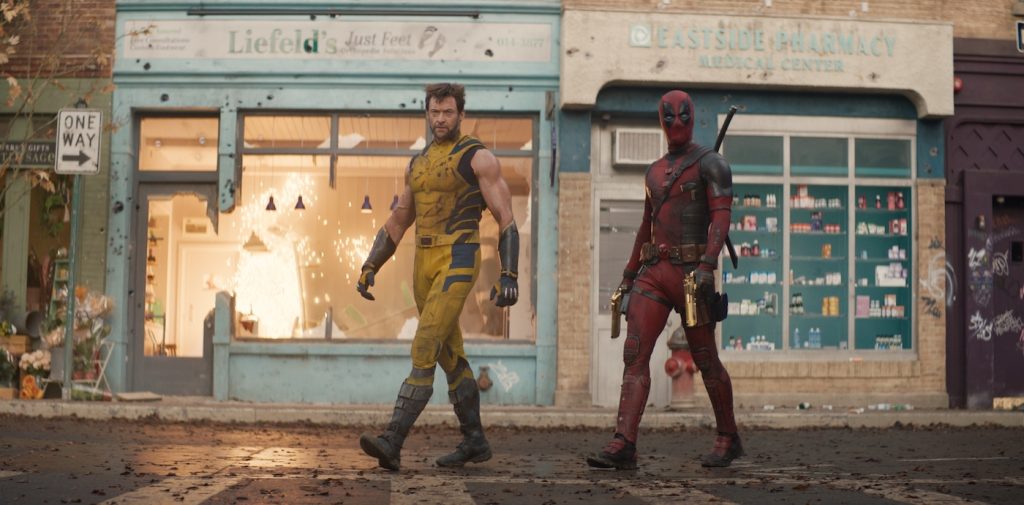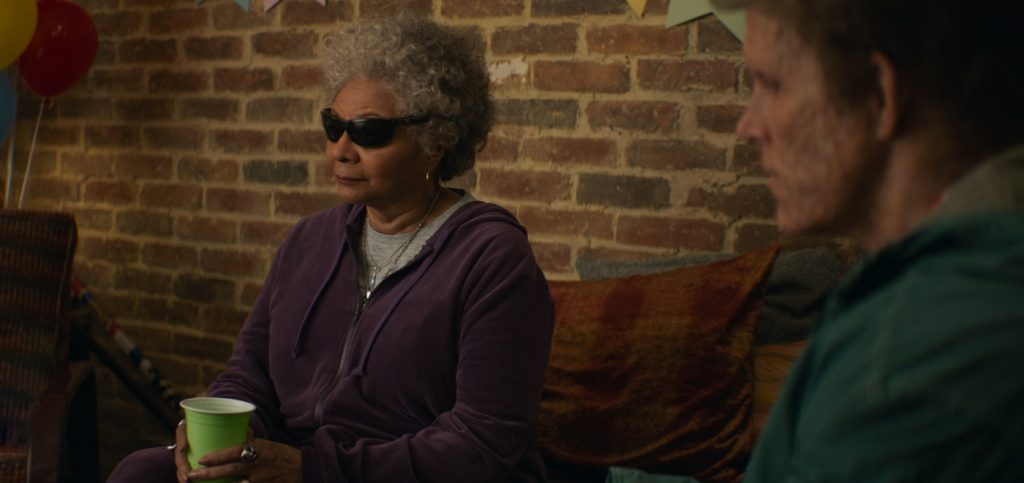Ever dreamed of staying in the X-Men Mansion, wandering the halls, and maybe bumping into Cyclops and Wolverine bickering by the fireplace? Well, you can live out part of that dream now in a mansion atop a hill in Westchester County, New York, which is distinguished not so much by how nice it is—there are a lot of nice houses in the area—but by its cinematic pedigree. You’ll notice that the house comes with an unusual lawn ornament: a Sentinel, one of the big, bad robot villains who have stalked the mighty X-Men.
This house, the X-Men Mansion, of course, will be available until May 14, allowing you a chance to stay in the place that Charles Xavier created to help nurture mutants. It’s based on the Xavier Institute for Higher Learning that’s featured in Marvel Studios’ X-Men: 97. This is as iconic a location as there in all of Marveldom.
The X-Mansion will include Professor X’s office, a “danger room,” and Beast’s lab. The X-Men Mansion is only one of a smattering of offerings from Airbnb that includes iconic locations from the world of cinema and personalized experiences with major stars. The X-Men Mansion stay also includes a tour of the mansion by the X-Men themselves (well, actors playing the X-Men), a few choice cocktails from Beast’s lab to settle the nerves, and combat training from stunt professionals. If you look closely while in Wolverine’s room, you’ll notice his alarm clock has claw marks. The guy’s not a morning person.
“The name Airbnb is a noun and a verb used all over the world, that’s a good thing, that means everyone knows it. But the downside is kind of like Kleenex or Xerox, it’s associated with one thing, and we want to do more things,” Airbnb CEO Brian Chesky said in an interview with The Hollywood Reporter. “We want to be in the business not just of places to stay, but experiences and more. And so I think this is a gateway for us to offer more types of services and more types of offerings, and really just do something I think that brings magic in the world and attaches us to some of the biggest icons in culture.”
The X-Men Mansion would be an unbeatable place to host a weekend getaway and party with old friends, but if you’re less Marvel and more Pixar, you’ll be able to rent Carl’s house from Up (Airbnb has recreated it to the degree that a crane can suspend the entire structure in the air), much like they did last year when they made the Barbie Dreamhouse available for rent.
“It captured people’s imagination. And we started realizing, what if this wasn’t just a one-off program?” Chesky told THR. “What if we made this a whole product on Airbnb? What if we gave it its own category right in the homepage? and gave it the same level of seriousness and treatment that we treat the rest of the product? What if we do that more frequently, make the builds even more fantastic, and just make an ongoing commitment to doing this?”
Other offerings include Prince’s Purple Rain house, a weekend stay at the Ferrari Museum in Maranello, Italy, and even a night out with Kevin Hart at the members-only Coramino Live Lounge. Ever dream of having Doja Cat perform for you in a living room? Yeah, that’s on offer, too.
“We’re just trying to capture a decent cross-section of pop culture,” Cheksy told THR. “But I’m particularly excited about the extremes, either these imaginary worlds that no one has ever tried to bring to life before or these things that are real but you never could get access to before. Most people don’t just hang out with Kevin Hart and get a 30-person comedy show from Kevin — he does like stadiums, you know — so we like bringing our imagination to life and being able to give you access to something that’s real, but that you’ve never had access to before.”
Airbnb plans to offer 11 different options when it launches, with more coming throughout the year. The best part? Most of these will be free (but you’ll need to be the first to sign up), or at least affordable, as the X-Men Mansion will cost $97 but include the stay, the combat training, dinner, and breakfast.
To find out more about the Icons program, click here.
For more on Deadpool & Wolverine, check out these stories:
“Deadpool & Wolverine” Doesn’t Require Prior Marvel Cinematic Universe Knowledge
“Deadpool & Wolverine” Official Trailer Unleashes Mutant Mayhem on Marvel
“Deadpool & Wolverine” Director Shawn Levy Teases Raunchy, Riotous Super Team-Up
Featured image: Hugh Jackman as Wolverine/Logan in 20th Century Studios/Marvel Studios’ DEADPOOL & WOLVERINE. Photo courtesy of 20th Century Studios/Marvel Studios. © 2024 20th Century Studios / © and ™ 2024 MARVEL.


